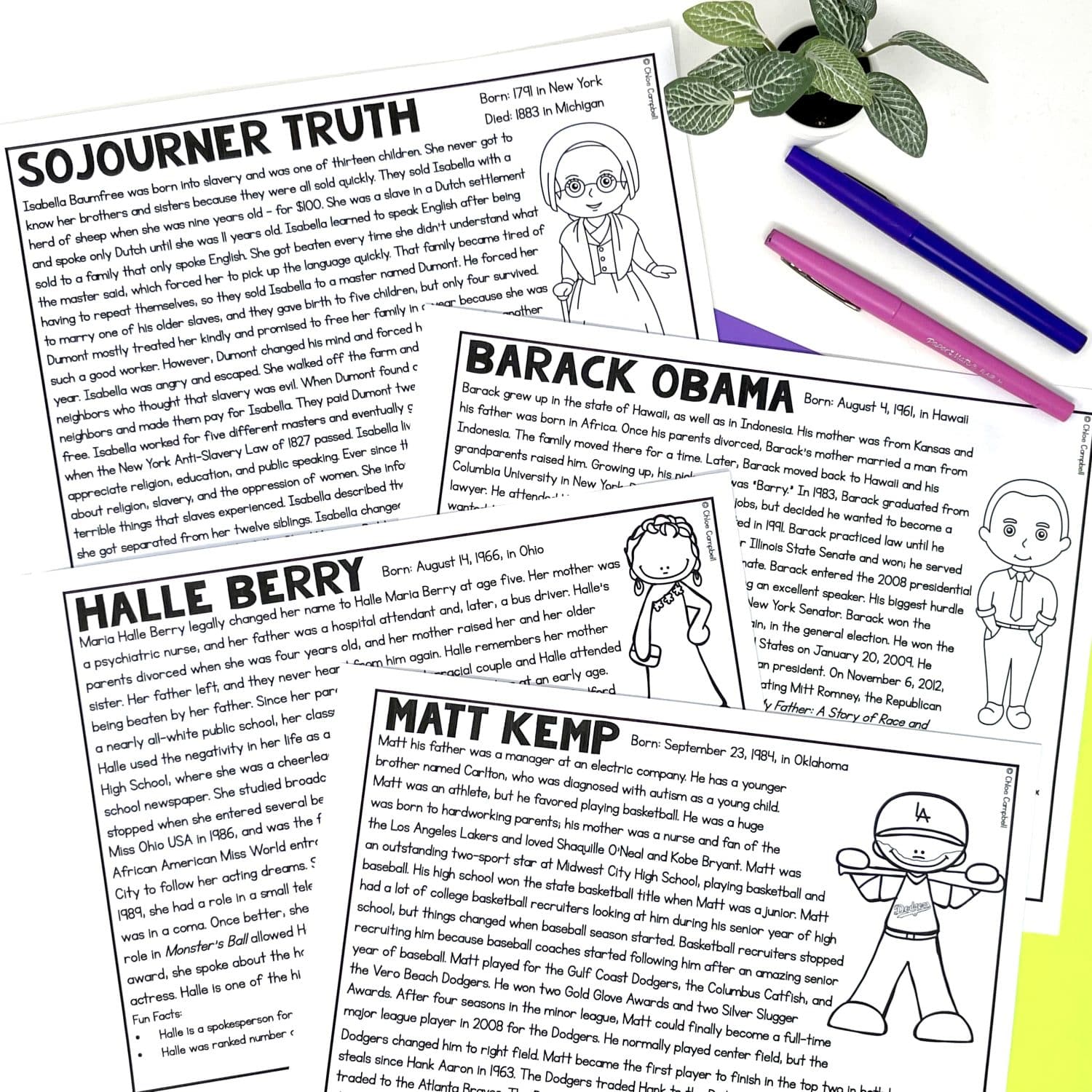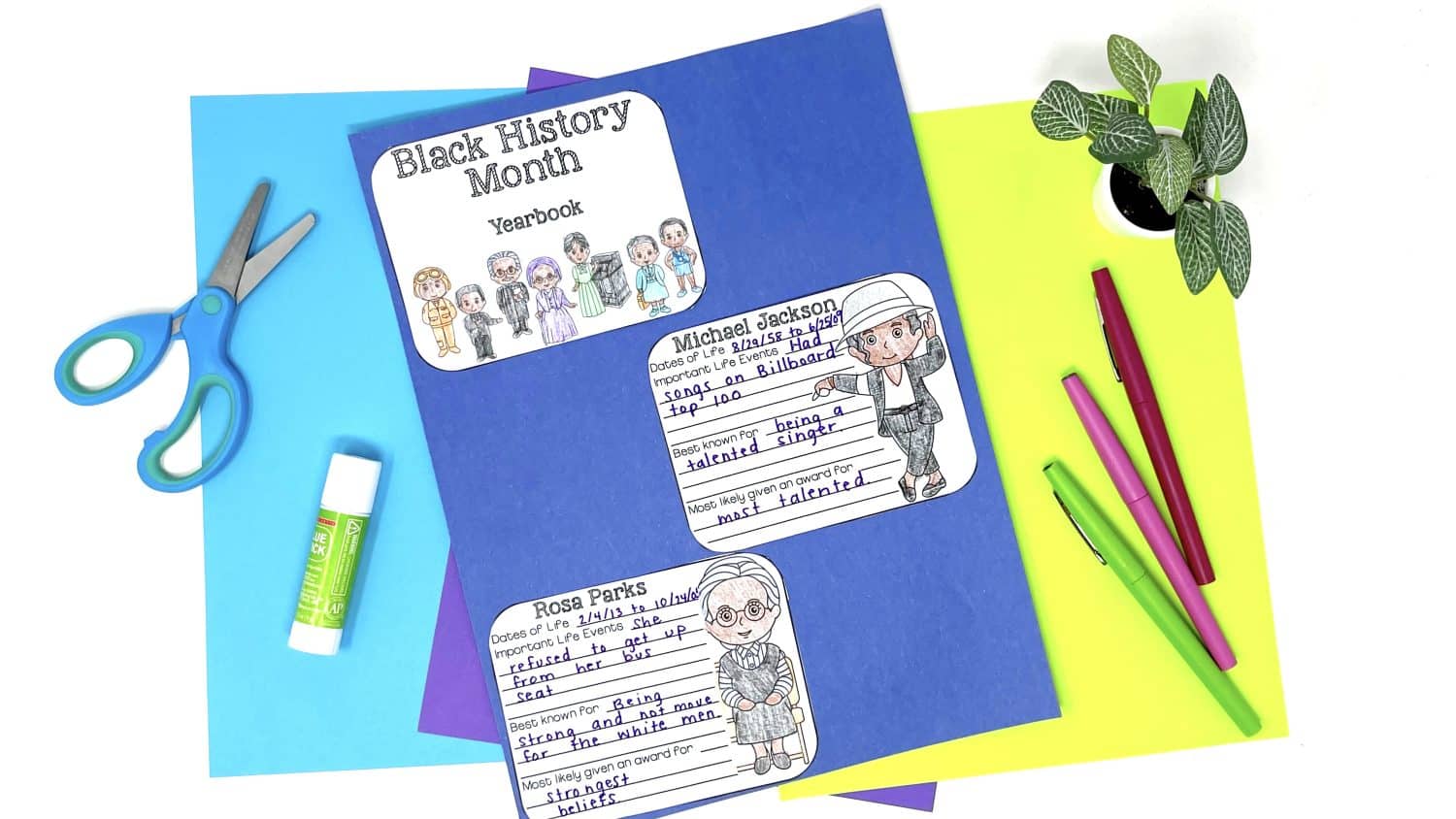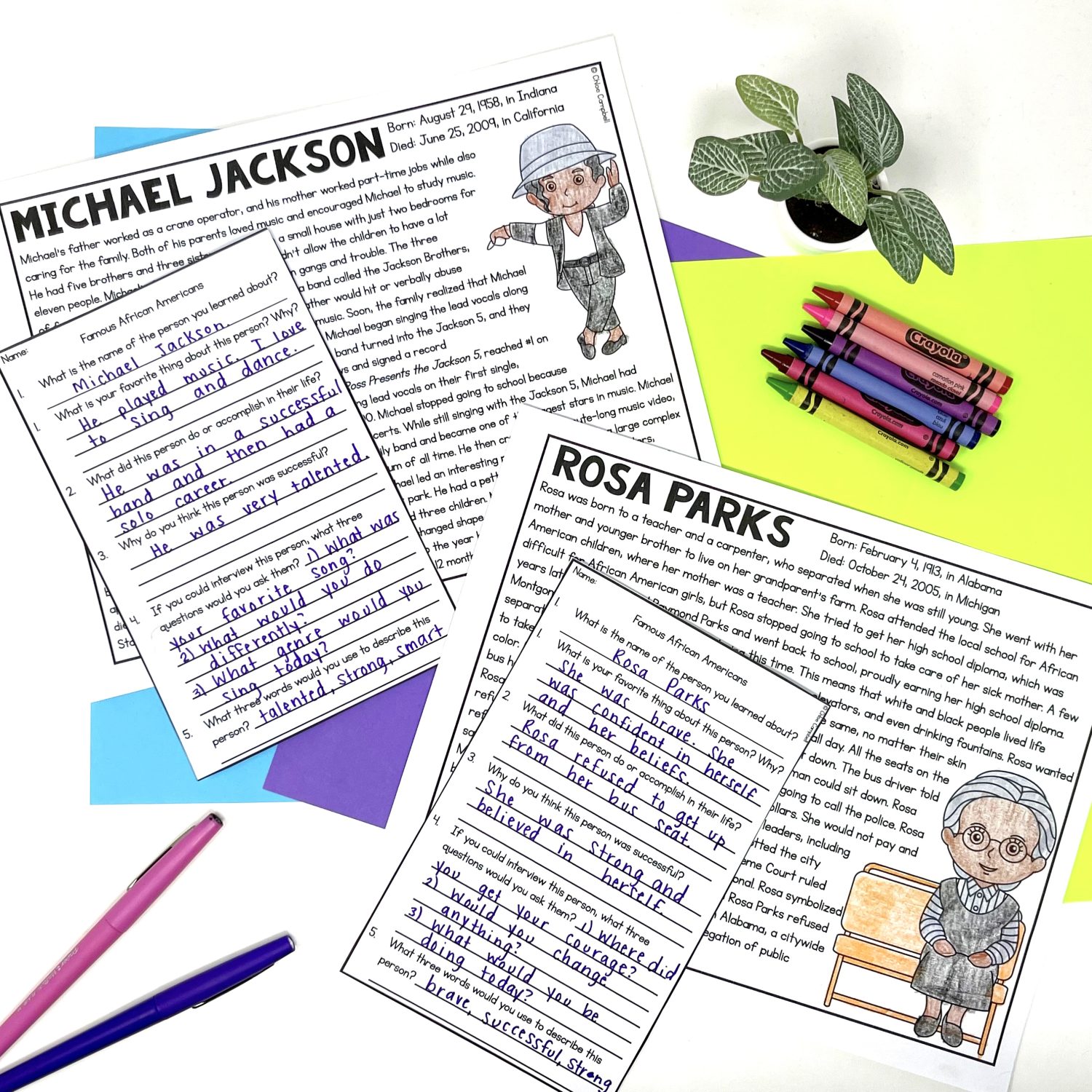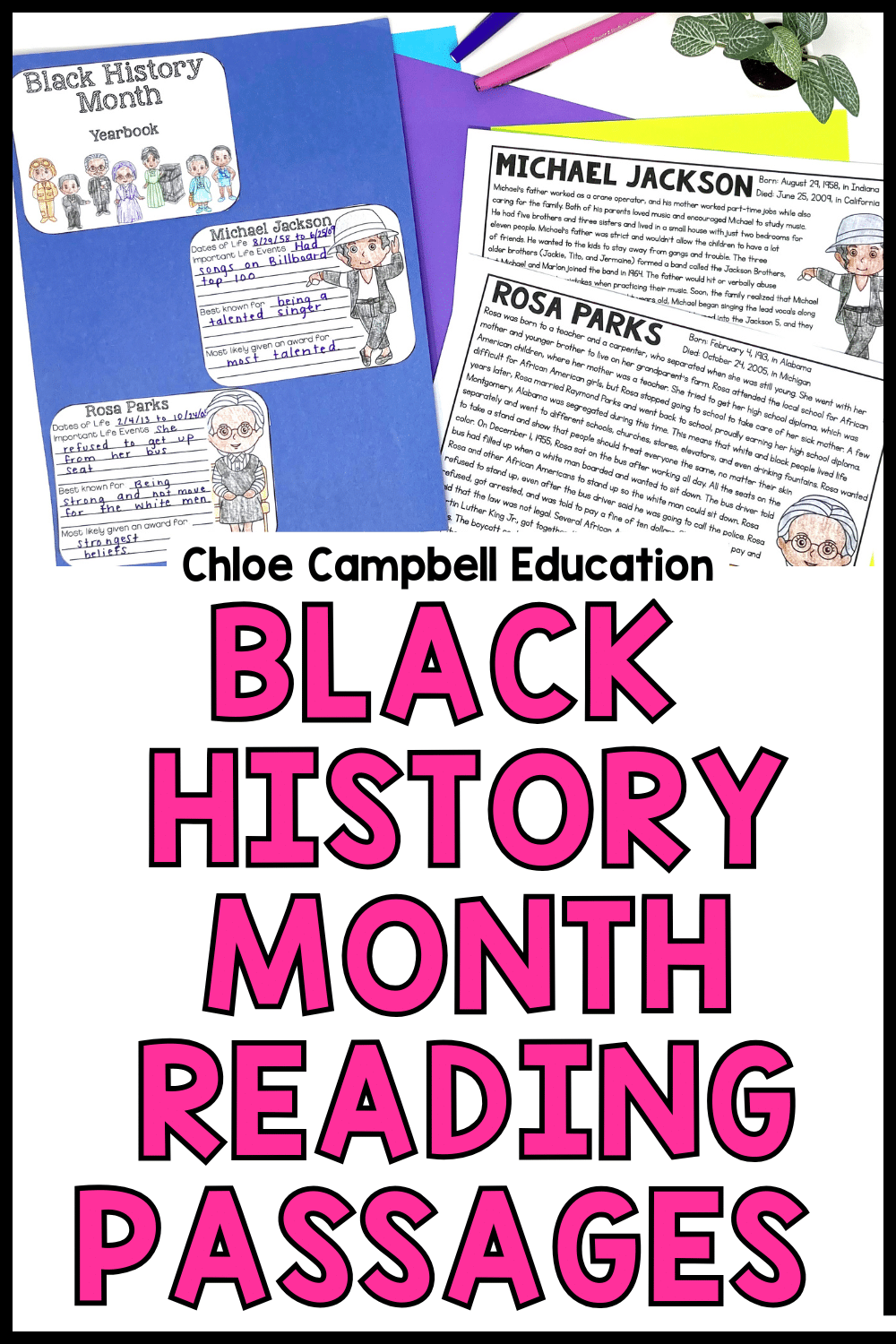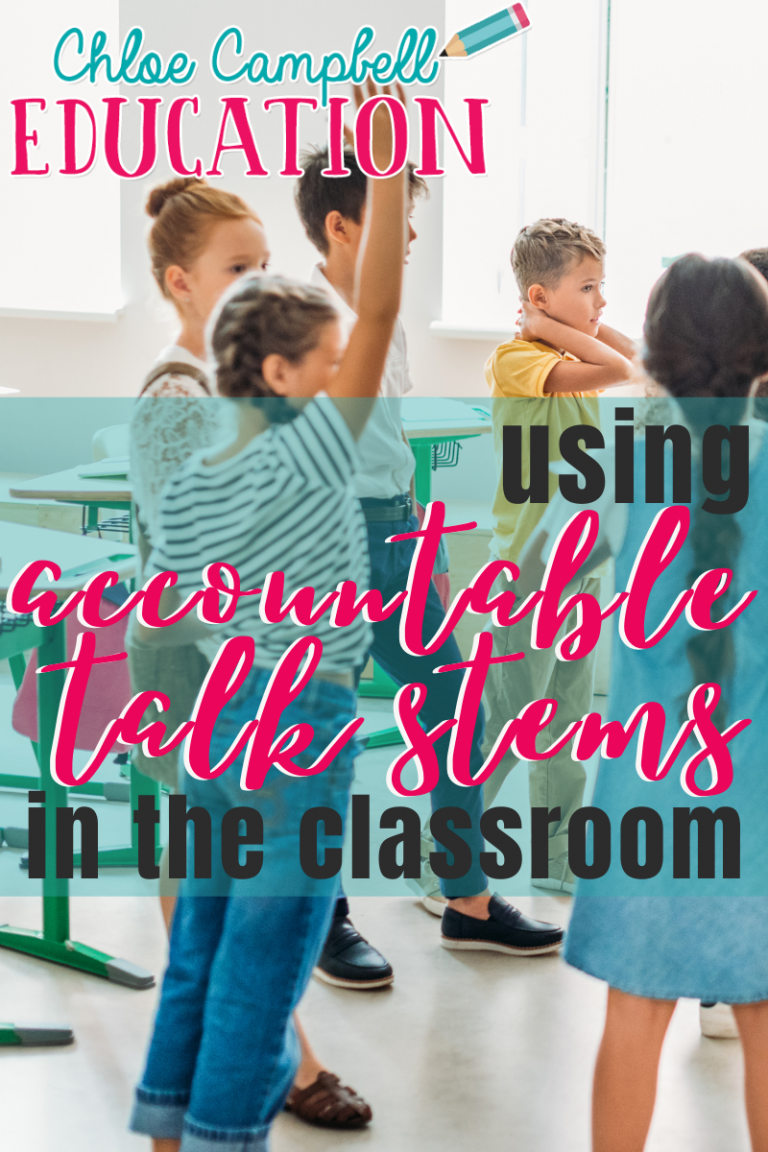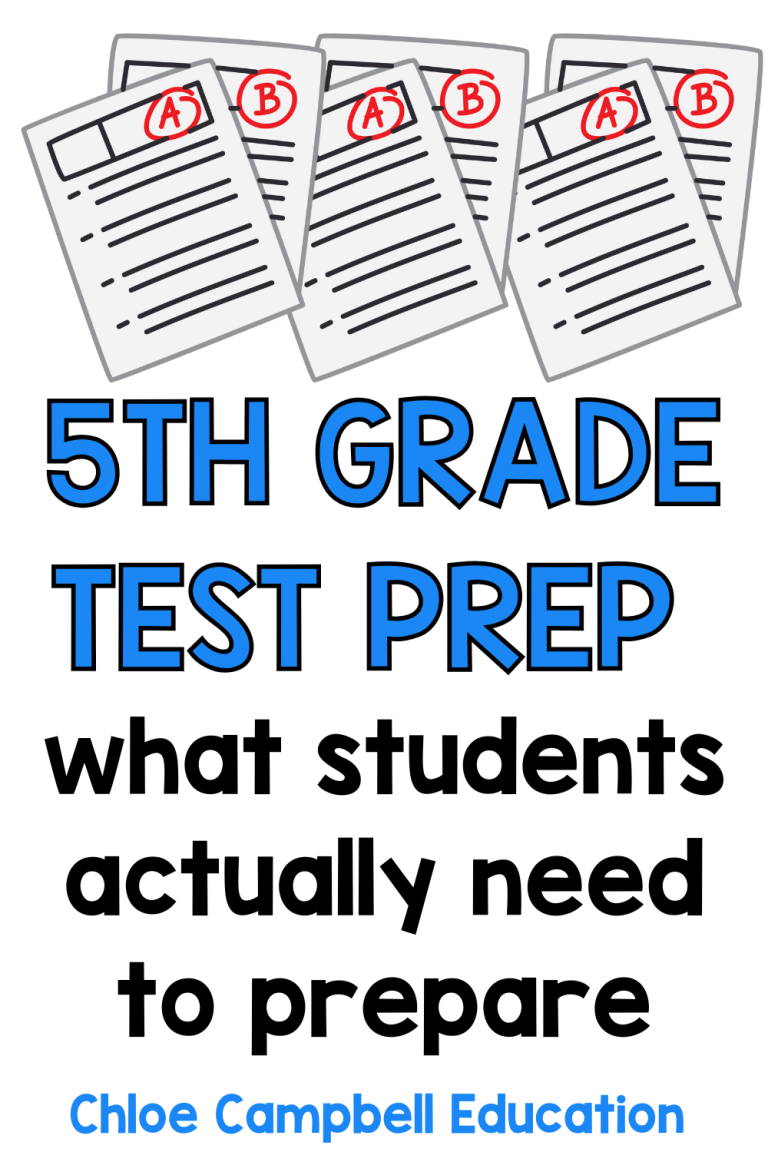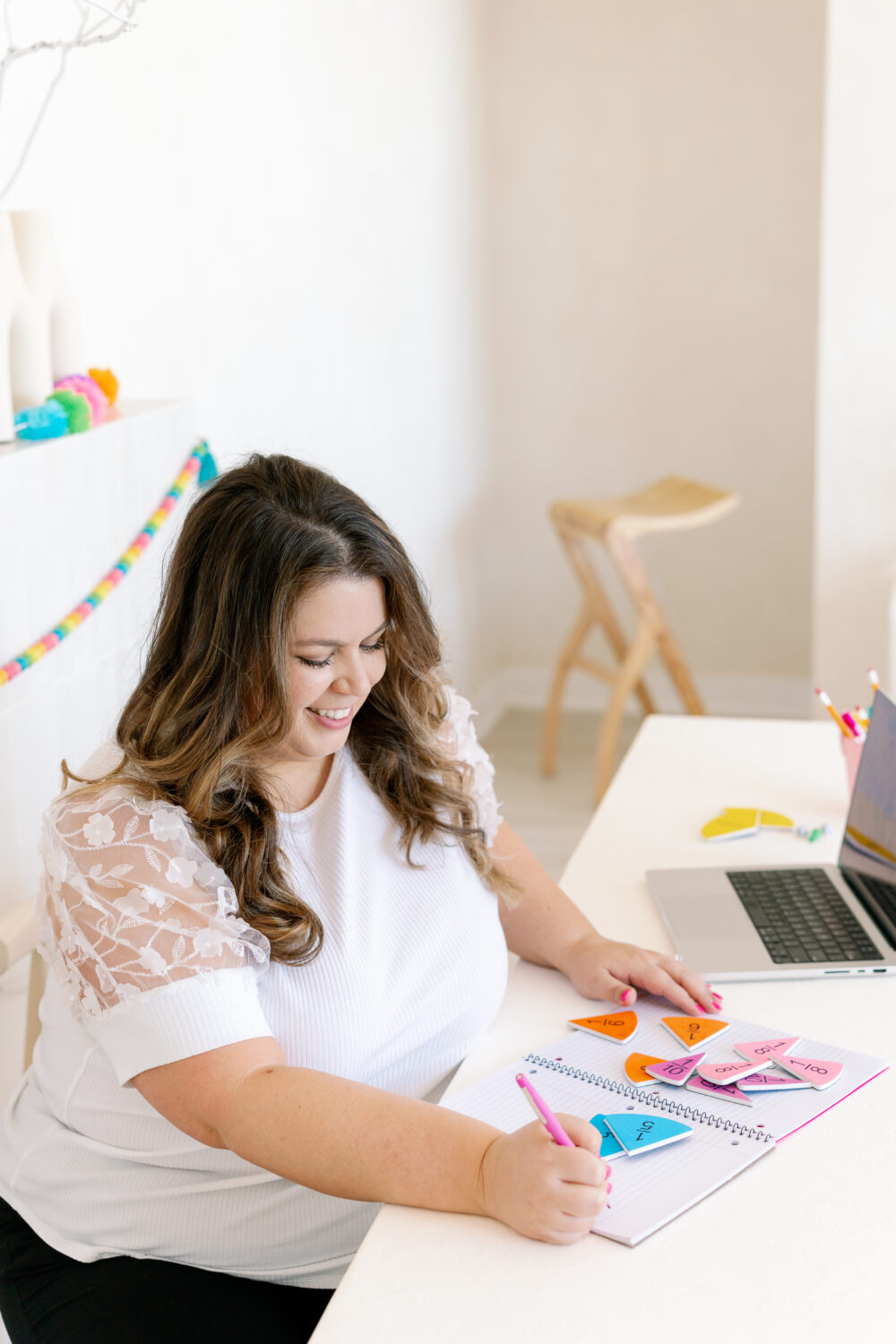Black History Month Reading Passages
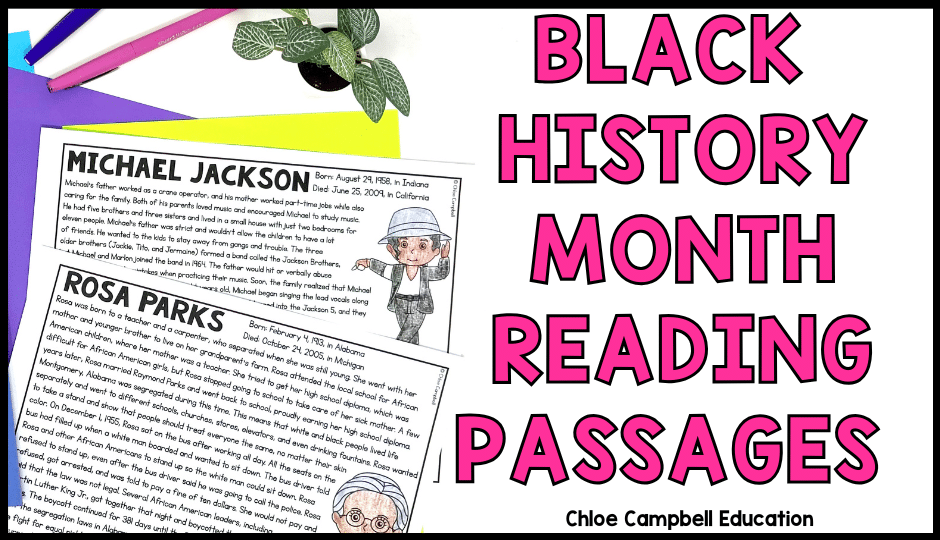
Picture this: It’s February, and you’re staring at your lesson plans thinking, “How am I going to make Black History Month meaningful for my students?” You want to do more than just put up a bulletin board or assign another worksheet. You want your students to feel connected to the stories, to see themselves in the accomplishments of African Americans throughout history, and to truly understand the impact these individuals had on shaping our world.
That’s where Black History Month Reading Passages come in. These ready-to-go resources save you time while delivering powerful, engaging content your students will love. Imagine your students diving into stories about Harriet Tubman’s bravery, Rosa Parks’ quiet resistance, or Ruby Bridges’ courage—and coming away inspired to think critically and act compassionately.
Observing Black History Month in the Elementary Classroom
Let’s be real: Teaching Black History Month can feel overwhelming. But here’s the thing—it doesn’t have to be. Observing Black History Month isn’t about cramming facts into a single week; it’s about weaving these stories into the fabric of your classroom culture. And it’s easier than you think.
Start by showing your students why these stories matter. Talk about the bravery of Ruby Bridges as she walked into an all-white school. Discuss Rosa Parks’ decision to stand her ground on a bus in Montgomery. Help them see how Harriet Tubman’s efforts to free others were driven by an unshakable belief in equality. These moments aren’t just historical events; they’re lessons in courage, resilience, and the power of standing up for what’s right.
Here’s how you can make Black History Month impactful:
- Discussion Circles: Use short biographies from the Black History Month Reading Passages to spark classroom conversations. Encourage students to share how these figures inspire them.
- Timeline Projects: Map out the civil rights movement, highlighting key events and figures like Thurgood Marshall and the Montgomery Bus Boycott.
- Creative Exploration: Celebrate African American contributions to art, music, and literature with activities inspired by Langston Hughes, Marian Anderson, and Billie Holiday.
These activities make history feel alive while helping students understand its relevance to their own lives.
5 Ways to Use Black History Month Reading Passages
1. Reading Comprehension Practice
Let’s face it: Finding time to squeeze in reading comprehension practice can be tricky. That’s why these Black History Month Reading Passages are a lifesaver. Each passage focuses on influential African Americans and comes with targeted comprehension questions that reinforce key skills like identifying main ideas, drawing inferences, and analyzing text features.
Pro tip: Pair students up for “comprehension conversations.” After reading, have them quiz each other on the questions or discuss how the figure’s accomplishments relate to modern-day issues. It’s a win-win for engagement and critical thinking.
2. ELA Centers
Looking to shake up your ELA centers? These passages are perfect for February rotations. Here are some center ideas:
- Summarize a biography, like Wilma Rudolph’s journey to Olympic gold.
- Compare and contrast two figures, such as Booker T. Washington and George Washington Carver.
- Use graphic organizers to identify cause-and-effect relationships in the lives of people like Marcus Garvey.
Not only do these activities meet literacy standards, but they also give students a deeper understanding of the accomplishments of African Americans.
3. Extension Activity
Got students who are ready for more? Try these extension ideas:
- Research Project: After reading about a figure like Frederick Douglass, have students dig deeper and create a short presentation.
- Creative Writing: Ask students to write a diary entry from the perspective of a historical figure they’ve studied. What challenges did they face? What kept them motivated?
- Interactive Bulletin Boards: Use ideas from this blog post to display student work and celebrate their learning.
4. Yearbook “About Me” Activity
This activity is a student favorite! Each biography comes with a yearbook-style “About Me” page. Students summarize key details about their chosen figure and create a personalized page. By the end of the month, you’ll have a classroom yearbook showcasing the incredible achievements of African Americans.
For an extra touch, display the yearbook pages around the room or hallway. It’s a great way to celebrate students’ hard work while educating others.
5. African American of the Week
Why limit Black History Month to February? With 31 biographies included, you can spotlight a new figure each week throughout the year. Start with Jackie Robinson’s groundbreaking role in baseball, then move on to figures like Marian Anderson or Billie Holiday.
Pro tip: Incorporate multimedia. Show videos, photos, or speeches to bring these stories to life. Students will love connecting the written word to real-world visuals.
Black History Month Reading Comprehension Passages
Here’s the best part: You don’t have to reinvent the wheel. The Black History Month Reading Passages and Activities include everything you need to make this month memorable. With 31 biographies covering figures from sports to science, this resource is packed with options for every classroom.
Each passage:
- Engages students with high-interest nonfiction texts.
- Includes comprehension questions to reinforce critical thinking.
- Offers flexibility for group work, centers, or independent learning.
Some of the standout figures featured are Harriet Tubman, Rosa Parks, Barack Obama, and Langston Hughes. Whether you’re using them in a reading center or as part of a class discussion, these passages will captivate your students.
Save These Black History Month Reading Activities
Don’t let this blog post slip through the cracks! Pin it now so you can revisit these ideas when planning your Black History Month lessons. And if you’re looking for even more inspiration, check out these related posts:
- 10 Black History Month Round-Up Activities
- 3 Interesting People to Study for Black History Month
- Black History Month Bulletin Board
Celebrating Black History Month in the classroom doesn’t have to feel like a chore. With thoughtful resources like Black History Month Reading Passages, you can create lessons that inspire, engage, and educate—all while keeping things simple and manageable. Let’s make this February unforgettable for your students!


